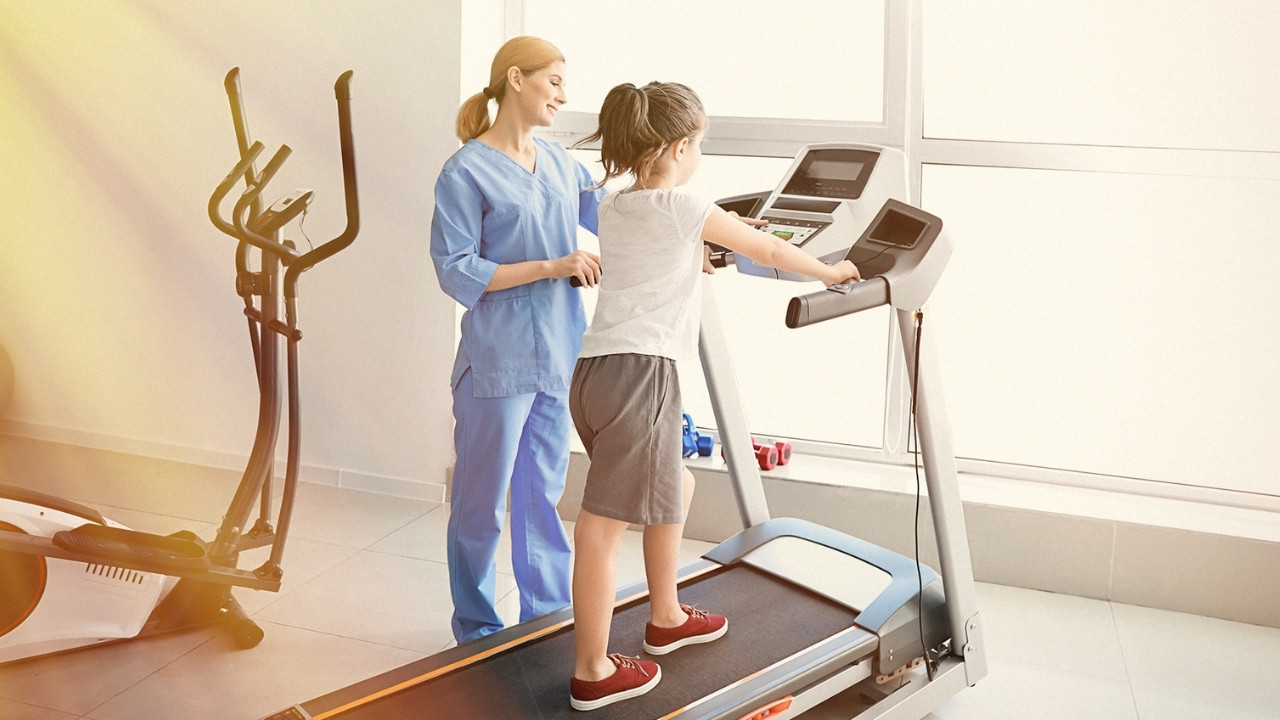
Gait analysis systems are fascinating tools used to study how people walk. These systems help doctors, therapists, and researchers understand movement patterns, identify abnormalities, and develop treatment plans. Gait analysis can be crucial for athletes aiming to improve performance or individuals recovering from injuries. It involves capturing detailed data on walking patterns using cameras, sensors, and software. This technology can reveal insights into balance, coordination, and muscle function. Whether you're curious about how these systems work or their benefits, this article will provide 26 intriguing facts about gait analysis systems. Get ready to step into the world of walking science!
What is Gait Analysis?
Gait analysis examines how people walk or run. It helps identify movement patterns, diagnose issues, and improve performance. This system uses technology to capture and analyze data.
- Gait analysis involves studying the way people walk or run to understand their movement patterns.
- Motion capture technology is often used in gait analysis to record and analyze movements.
- Force plates measure the forces exerted by the feet during walking or running.
- Wearable sensors can be attached to different body parts to collect data on movement and muscle activity.
- Video analysis is another method used to visually assess gait patterns.
Benefits of Gait Analysis
Understanding gait can lead to numerous benefits, from injury prevention to performance enhancement. Here are some key advantages.
- Injury prevention is a major benefit, as gait analysis can identify abnormal movement patterns that may lead to injuries.
- Performance improvement is possible by optimizing movement efficiency through gait analysis.
- Rehabilitation programs can be tailored based on gait analysis data to aid recovery from injuries.
- Custom orthotics can be designed using gait analysis to provide better support and comfort.
- Early detection of conditions like arthritis or neurological disorders can be achieved through gait analysis.
How Gait Analysis Works
The process involves several steps, from data collection to analysis. Each step is crucial for accurate results.
- Data collection involves capturing movement using cameras, sensors, or force plates.
- Data processing converts raw data into usable information through specialized software.
- Analysis involves interpreting the data to understand movement patterns and identify issues.
- Reporting provides a detailed summary of findings and recommendations.
- Follow-up sessions may be conducted to track progress and make adjustments.
Applications of Gait Analysis
Gait analysis is used in various fields, from sports to healthcare. Its applications are diverse and impactful.
- Sports performance can be enhanced by analyzing and optimizing athletes' movements.
- Clinical diagnostics use gait analysis to identify and treat movement disorders.
- Prosthetics design benefits from gait analysis to create more functional and comfortable artificial limbs.
- Ergonomics uses gait analysis to improve workplace safety and efficiency.
- Research in biomechanics often relies on gait analysis to study human movement.
Challenges in Gait Analysis
Despite its benefits, gait analysis faces several challenges. Understanding these can help improve the system.
- High cost of equipment and software can be a barrier for widespread use.
- Complexity of data interpretation requires specialized knowledge and training.
- Variability in gait due to factors like fatigue or mood can affect the accuracy of analysis.
- Limited accessibility in some regions makes it difficult for everyone to benefit from gait analysis.
- Technological limitations can affect the precision and reliability of data collected.
Future of Gait Analysis
Advancements in technology promise exciting developments in gait analysis. The future looks promising.
- Artificial intelligence and machine learning are being integrated to enhance data analysis and interpretation.
The Final Steps
Gait analysis systems are game-changers in understanding human movement. These systems help in diagnosing medical conditions, improving athletic performance, and even preventing injuries. By breaking down how we walk or run, they provide detailed insights that can lead to better treatments and training programs.
From healthcare professionals to sports coaches, many benefit from these advanced tools. They offer precise data that can be used to tailor specific interventions, making them invaluable in various fields. Whether it's for rehabilitation or enhancing athletic abilities, gait analysis systems are a crucial resource.
As technology advances, these systems will only become more sophisticated, offering even deeper insights. So, whether you're an athlete looking to up your game or someone needing medical intervention, gait analysis systems can provide the detailed information you need to make informed decisions.
Was this page helpful?
Our commitment to delivering trustworthy and engaging content is at the heart of what we do. Each fact on our site is contributed by real users like you, bringing a wealth of diverse insights and information. To ensure the highest standards of accuracy and reliability, our dedicated editors meticulously review each submission. This process guarantees that the facts we share are not only fascinating but also credible. Trust in our commitment to quality and authenticity as you explore and learn with us.
